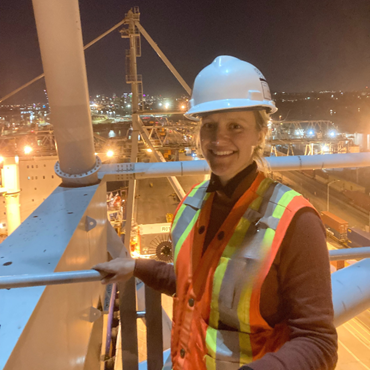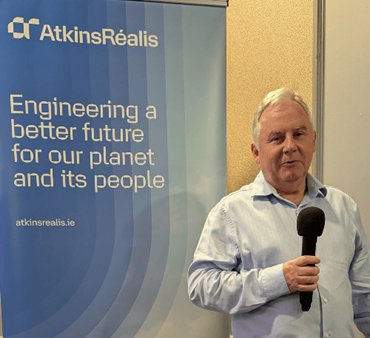Let’s find your next opportunity
AI Assistant: {{ chat.assistant.message }}
Suggested roles matches
Sort By
{{ job.job_posting_title }}
{{ job.is_cms_job ? (job.cities.split(';').length > 1 ? 'Various locations' : job.location_mappings[0]) : (job.location_mappings.length > 1 ? 'Various locations' : job.location_mappings[0]) }}
We are sorry there are no jobs that match your exact criteria. Try a new search term, or use the filters to continue browsing for available opportunities.
Suggested roles matches
{{ job.title }}
{{ [job.cities[0], job.regions[0], job.countries[0]].join(', ') }}
Various locations
We are sorry there are no jobs that match your exact criteria. Try a new search term, or use the filters to continue browsing for available opportunities.
Let’s find your next opportunity
{{ job.job_posting_title }}
{{ job.is_cms_job ? (job.cities.split(';').length > 1 ? 'Various locations' : job.location_mappings[0]) : (job.location_mappings.length > 1 ? 'Various locations' : job.location_mappings[0]) }}
Environmental awareness is sweeping across the globe. This focus on preventing, mitigating and rectifying environmental problems has caused governments and businesses to consider the future consequences of projects. These include urban development, transportation projects - such as major roadways, railway lines and airports, water resource projects, mining, forestry activities and agriculture.
An EIA can be thought of as an Environmental Impact Statement (EIS) on a small scale. The results of the assessment will determine the beneficial and adverse impacts, mitigation measures - such as employing clean energy - and whether an EIS is required.
Understanding the major EIA techniques can help environmental scientists understand impact indicators, assess risks and justify projects. They can be broken into five categories.
- Scoping/screening
- Impact evaluation
- Comparison
- Data presentation
- Data analysis

Scoping/screening techniques used in environmental science jobs
Checklists are used during the screening and scoping phases; these are the most fundamental procedures. This helps to ensure that all potential environmental impacts have been considered
and addressed. By using checklists environmental scientists and stakeholders can quickly identify any potential environmental concerns and develop a plan to address them.
Another technique commonly addressed during this stage of the assessment is best management practices (BMPs). BMPs are considered an effective and cost-efficient way to control water pollutants. That's not to say that this technique is to be solely used on water projects. In fact, this method can be used by any team that wants to maximize its performance and minimize risks.
Impact evaluation methods in environmental science jobs
Impact evaluation methods used for an environmental impact assessment are a crucial component in determining the potential impacts of a given project or activity. These methods can include a variety of techniques such as environmental monitoring, stakeholder interviews, life cycle analysis, and cost-benefit analysis. Some focal techniques used at this stage of an EAI include:
- Life Cycle Assessment (LCA)
- Tracking Adaptation and Measuring Development (TAMD)
- Social Assessment for Protected Areas (SAPA)
- Rapid Impact Assessment Matrix (RIAM)
An LCA is the most common of them all, and it determines the environmental impact by detailing a list of energy and material inputs alongside the outputs. It is a holistic approach that considers the entire life cycle of a product, from raw material extraction, through manufacturing, use, and disposal.
Comparison techniques utilized by environmental scientists
Comparison techniques are widely used by environmental scientists in EIAs to assess the potential for conflicts with existing land uses, such as farming, forestry, or recreation. Additionally, they can be used to compare the proposed project to similar projects in other locations and to evaluate the potential for cumulative impacts. One prime example is a Best Available Technique (BAT) assessment.
A BAT assessment is a process used to identify the most effective and efficient techniques for achieving environmental goals. Those in environmental science jobs use this comparison method involves assessing the environmental impacts of different techniques, taking into account both the short-term and long-term effects. The assessment process begins by considering the available techniques for achieving the desired environmental outcome and then evaluating each one on a range of criteria such as cost, effectiveness, feasibility, and sustainability. Once the Once the environmental scientists have identified the best technique, the assessment process will then consider any possible modifications that could further improve the technique's performance.
How environmental scientists utilise data presentation techniques
In the submission stage, environmental scientists and project coordinators will use data presentation to present an environmental statement. This can be a powerful tool to help visualize the potential impacts of a
project. Reporting the aggregated data in a way that illustrates the key parameters helps decision-makers form a comprehensive overview.
Tables, graphs, maps, diagrams, matrices and network diagrams will be used to display environmental impact parameters such as:
- magnitude
- long-term vs short-term
- reversibility or irreversibility
- area covered
- immediate vs delayed
Data analysis techniques
In the review stage, governing bodies will make a final judgement using several data analysis techniques such as:
- Statistical analysis - to identify patterns and correlations between environmental data points
- Reviewing current environmental conditions
- Machine learning - to identify patterns in large datasets
- Geospatial analysis
These techniques allow for the collection, organization, and evaluation of data. The decision-makers must also consider the public opinion on the project, and how it will affect the local community, and this may require them to use professional judgment, which is also called fuzzy logic.
Start your environmental science career with AtkinsRéalis
Every day, we make choices that impact the environment. In an increasingly environmentally-concerned society, we must do everything in our power to protect our planet's resources and reduce our carbon footprint.
With a comprehensive understanding of the techniques outlined here, you can make informed decisions about how best to create positive environmental change. If starting an environmental science job piques your interest, you might just find a place here at AtkinsRéalis . We're on a company-wide mission to bring together the top talent in the built environment industry and harness this to create a more sustainable future.
Explore environment and geoscience roles, or head to our Canada hub to learn more about sustainable career paths within the organization.
Related blogs
Related jobs
We are sorry there are no jobs that match your exact criteria. Try a new search term, or use the filters to continue browsing for available opportunities.

Everyone belongs
We empower each individual to shine and contribute to our collective impact. We believe in the power of unique perspectives. It’s how we’re engineering a better future every single day.













